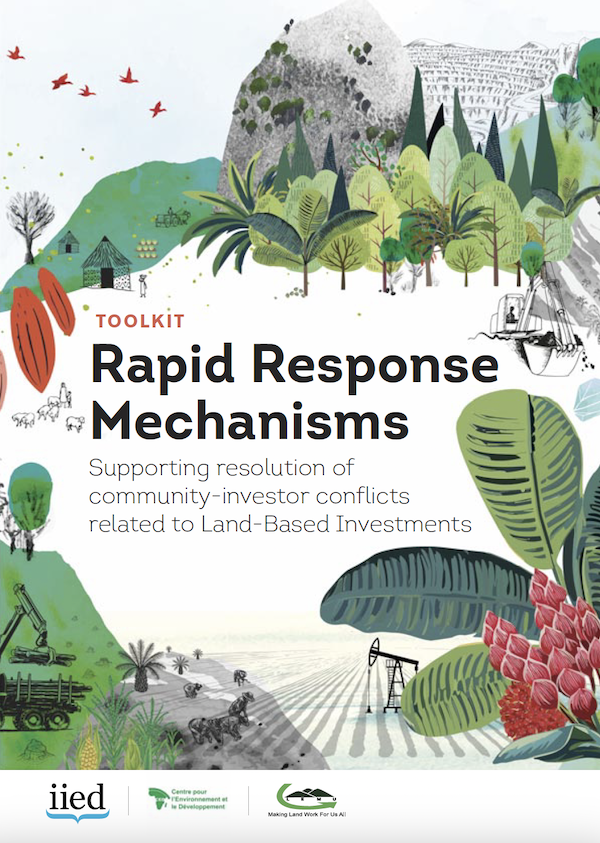The government usually has always had problems with revenue mobilization. One way ofascertaining the effectiveness of a government is its ability to mobilize funds.Governments all over the world are faced with the general problem of ineffectuality inre...
Integration Of Spatial Technology And Web Application For Revenue Mobilization



